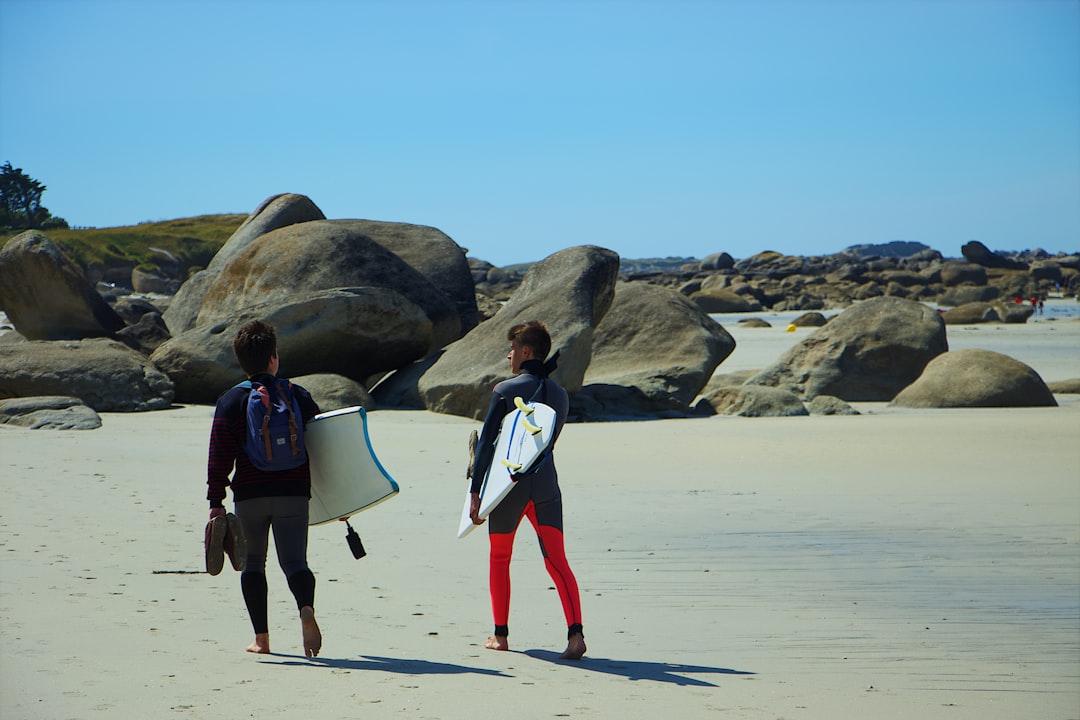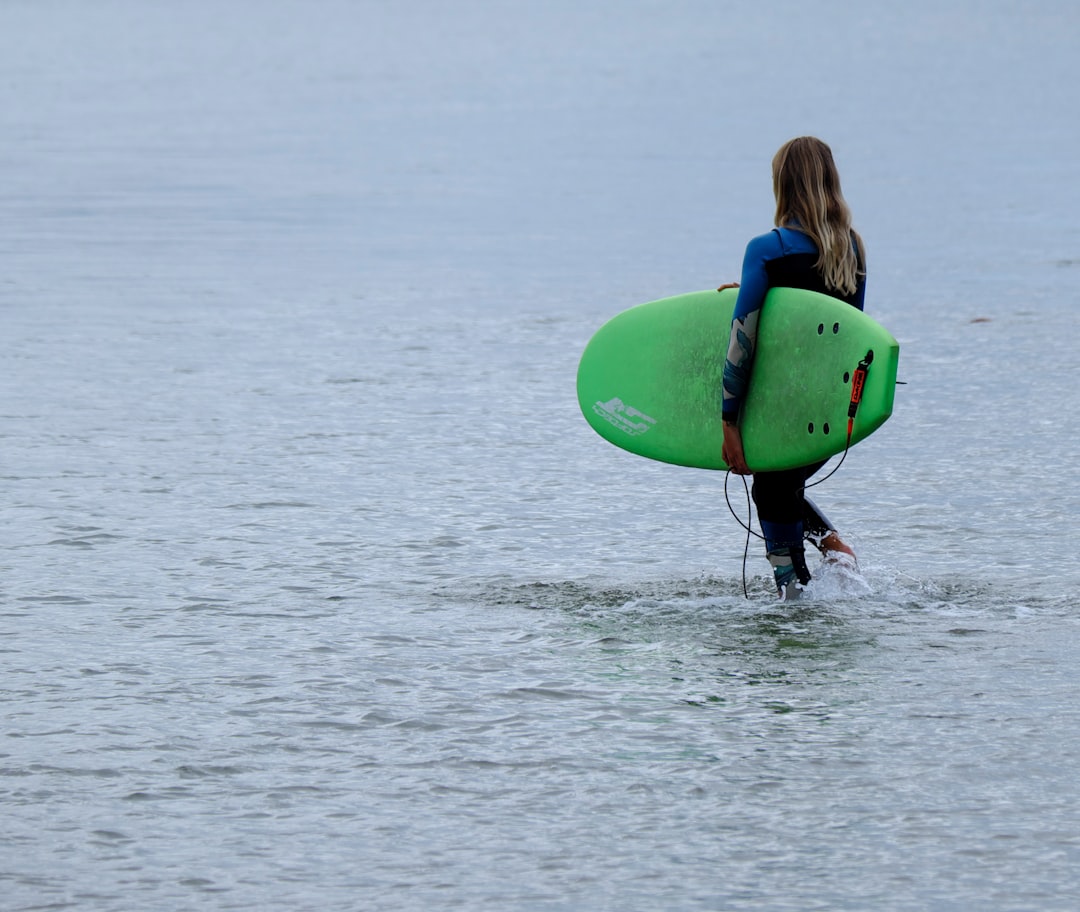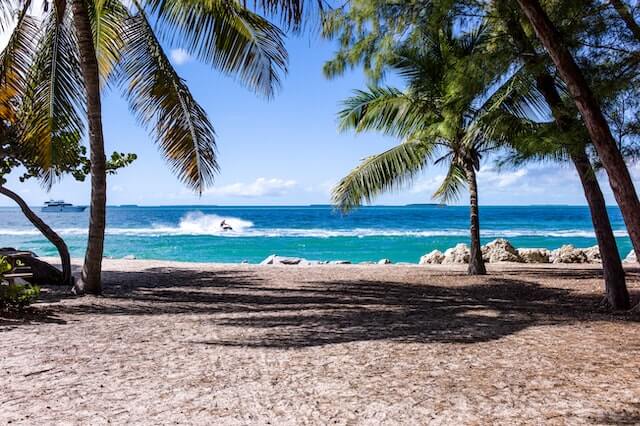Are you thinking about taking a surfing vacation in Jamaica? Jamaica is a popular destination for surfers of all levels of experience, thanks to its many beautiful beaches and year-round warm weather.
In this article, we’ll cover some of the most important things to know about surfing in Jamaica, including the best time of year to go, the best beaches for surfing, and some tips for beginners.
We’ll also touch on some of the potential dangers of surfing in Jamaica and how to stay safe while enjoying the waves.
So whether you’re a seasoned surfer or you’ve always wanted to try it, read on for everything you need to know about surfing in Jamaica!
The Surfing Experience in Jamaica
Jamaica is a paradise for surfers, offering some of the best waves in the Caribbean. With its stunning beaches, tropical vibes, and warm waters, surfing in Jamaica is an unforgettable experience.
The island is also home to many professional surfers who travel worldwide to take advantage of Jamaica’s perfect conditions. On any given day, you can find skilled surfers riding its famous breaks and enjoying the breathtaking beauty of this Caribbean destination.
Surfing in Jamaica offers more than just fun rides – it’s also an excellent opportunity to make new friends and immerse yourself in Jamaican culture.
The friendly locals are always willing to share tips on where to go and what boards they recommend using on different days depending on wave size and wind direction.
After a long day at sea, there’s nothing better than unwinding with new friends at sunset while sharing stories about your favorite spots around the island!

What is the best time of year to go surfing in Jamaica?
Jamaica is not widely known as a top surfing destination, as the island’s surf breaks are relatively limited compared to other popular surfing locations.
However, if you’re interested in surfing in Jamaica, the best time of year to catch waves would be during the winter months, from December to April. During this period, the North Atlantic swells generate larger waves along Jamaica’s north and northeast coasts.
Here are a few tips to help you choose the best time of year and location for your next Jamaican surfing adventure:
Swell
The winter months tend to bring more consistent swells to Jamaica’s shores, creating better surfing conditions. However, it’s important to note that the waves in Jamaica are generally smaller and more suitable for beginners or intermediate surfers.
Consider the weather conditions
The best time of year to go surfing in Jamaica is during the dry season, which runs from December to April. During this time, the island experiences little rainfall and milder temperatures. This makes for the ideal condition at popular Jamaican surf spots like Negril Beach and Treasure Beach.
Crowds
Since Jamaica isn’t a major surfing destination, you can typically expect fewer crowds in the water compared to popular surfing spots around the world. This can be an advantage for solo surfers looking for a more relaxed and uncrowded experience.
Avoid Hurricane Season
If you’re planning a trip between June and November, beware that this is hurricane season in Jamaica.
While YOU may not experience any bad weather during your stay, it’s always best to be cautious when booking travel during this time.
Local Knowledge
It’s advisable to consult with local surf schools, surf shops, or experienced surfers in Jamaica to get the most up-to-date information on surf conditions, breaks, and any specific considerations for the area you plan to surf.
Do your research
Not all beaches in Jamaica are created equal when it comes to surfing conditions.
Be sure to do your research before booking a trip so that you end up at a beach that suits your skill level (and provides good waves).
Some great resources for finding information on Jamaican surf spots include Surfline and Magicseaweed.
Related article: Surfing in Nicaragua: The Best Beaches and Trips
Recommended Surfing Hotspots in Jamaica
Jamaica is one of the top destinations for surfers from all over the world. With its crystal-clear waters and stunning scenery, this Caribbean island offers a wealth of surfing hotspots for all levels. From novices to experts, Jamaica has something for everyone.
For those looking to take on some of Jamaica’s most challenging waves, Boston Bay Beach in Port Antonio is a great place to start. Here, experienced surfers can tackle powerful swells that can reach up to 10 feet high. Further east lies Long Bay Beach with its consistent and steady waves – perfect for beginners and intermediate riders alike.
For more experienced surfers keen on pushing their limits, Frenchman’s Cove near Discovery Bay is ideal; here, you will find strong currents and intense barrel formations that will test even the most seasoned of riders. Closer to Kingston lies Hellshire Beach – home to some notoriously good lefts that are sure to delight any surfer who takes them on!
No matter what level you are at or what type of wave you’re looking for, Jamaica has something for everyone when it comes to surfing hotspots!
Here are a few tips to help you choose the best beach for surfing in Jamaica:
1. Consider your skill level
Beginner surfers should look for mellower waves and calmer conditions. More experienced surfers can handle tougher breaks and steeper waves.
2. Think about the time of year
The winter months usually offer the best conditions for surfing in Jamaica, with swells coming in from the north Atlantic.
3. Choose a location
Different areas of Jamaica offer different kinds of waves. West Coast beaches tend to have more powerful breaks, while East Coast beaches offer gentler conditions. South Coast beaches are known for their reef breaks.
4. Check out local surfer communities
Each beach has its own unique vibe and culture. Doing a bit of research beforehand can help you find a beach that suits your personality and interests.
Related article: Surfing in Thailand
Popular Surfing Locations
Popular surfing locations include Negril, Ocho Rios, and more.
Boston Bay
Located on the northeast coast of Jamaica near Port Antonio, Boston Bay is one of the most famous surfing spots on the island. It offers consistent waves, especially during the winter months, and is known for its reef breaks. The beach has a laid-back atmosphere and is also famous for its jerk chicken and local food vendors.
Makka Surfing Beach
Makka Surfing Beach is situated near Kingston, Jamaica’s capital city, along the southeastern coast. This beach is known for its reef break and can produce good waves, particularly during the winter season. It attracts both local and international surfers.
Long Bay
Long Bay Beach, located in Negril on the western coast of Jamaica, is known for its long sandy beach and occasional surfable waves. The beach is more suitable for beginner and intermediate surfers, with smaller, mellow waves.
Southhaven
Southaven, located in Treasure Beach on the south coast of Jamaica, is another surf spot favored by locals. It offers consistent reef breaks and can provide good surf conditions, especially during the winter months.
Lighthouse, Negril
Located on the western tip of Jamaica, Lighthouse is a reef break that can produce decent waves. It offers both left and right-handers, and the surf is generally more consistent during the winter months.
Copa Cabana, Port Antonio
Copa Cabana is a reef break situated near the famous Blue Lagoon in Port Antonio. It’s known for its powerful and hollow waves, making it a favorite among experienced surfers. The best time to surf Copa Cabana is during the winter season.
Makka, Bull Bay
Bull Bay, near Kingston, is home to Makka Surfing Beach, mentioned earlier. It’s a popular spot among local surfers and offers reef breaks with varying wave sizes. The surf here is generally more consistent during the winter months.
James Bond Beach, Oracabessa
James Bond Beach, named after the filming of the iconic movie “Dr. No” starring Sean Connery, is a beautiful sandy beach that also offers surfable waves. It’s located near Oracabessa on the northern coast of Jamaica and can provide fun waves for all levels of surfers.
Little Dunn’s River, Ocho Rios
Little Dunn’s River is a reef break located near the famous Dunn’s River Falls in Ocho Rios. It offers both left and right-hand waves and is suitable for intermediate and advanced surfers.
Frenchman’s Cove, Port Antonio
While Frenchman’s Cove is known more for its stunning beach and tranquil atmosphere, it can occasionally offer surfable waves. The beach break here can be suitable for beginner and intermediate surfers.

Tips for Beginner Surfing
Jamaica’s beaches are a surfer’s paradise. With incredible waves, warm waters, and beautiful scenery, it is no wonder why so many people flock to the island for their surfing adventures. For beginners, however, navigating these waves can be intimidating. Here are a few tips to help beginner surfers get the most out of their Jamaican experience:
1. Start Small
Beginner surfers should start with small waves in shallow water until they get comfortable riding them and performing basic maneuvers.
2. Get Used To Your Board
Before paddling out into deep water or challenging yourself on bigger waves, take time to practice on your board in shallow water and become familiar with its weight and balance in order to increase your confidence on the wave.
3. Don’t Overthink It
Surfing is all about flow and feeling comfortable in the ocean environment; don’t let fear keep you from pushing yourself beyond what you think you can do when tackling bigger sets of waves – instead just focus on enjoying the experience!
4. Stay Fit
Staying fit will help you paddle out faster and increase your stamina while surfing – so make sure to take some time off between sessions for stretching exercises or yoga classes that will help keep your body flexible and ready for each session!
Tips for Expert Surfing
For expert surfers, Jamaica is an exciting destination. To make the most of this experience, here are 5 tips to keep in mind:
- Be sure to familiarize yourself with the local waves before hitting the water. Every beach has its own unique characteristics, so it pays to know what you’re getting into before you paddle out.
- Invest in high-quality gear; this will ensure that you stay safe while riding those big waves and provide optimum performance when shredding them up!
- Take advantage of the various surfing schools available on the island; they offer great lessons for all levels and can help improve your technique significantly in a short period of time.
- Respectful interactions with other locals who may be using the same areas as you is essential; remember that tight-knit community atmosphere is what makes surfing in Jamaica special!
- Lastly, don’t forget to have fun! Nothing beats challenging yourself with some powerful waves and enjoying your time spent on one of Jamaica’s beautiful beaches!
What Are Some of the Dangers of Surfing in Jamaica?
- First, it is essential to be aware of the rip currents, which can quickly pull swimmers out to sea.
- Second, large waves can pose a danger to surfers if they are not experienced enough to handle them.
- Finally, there are some areas where sharks have been known to frequent, so it is important to be cautious when swimming in these areas.
How Can You Stay Safe While Surfing in Jamaica?
You need to keep some things in mind to stay safe while surfing in Jamaica. The following tips will help you enjoy your time on the water while staying safe:
- Avoid surfing during storms or when there are strong currents. Jamaican waters can be treacherous during these times, and it’s best to avoid them altogether.
- If you’re not an experienced surfer, stick to areas where there are lifeguards on duty. These areas will usually have waves that are suitable for beginners.
- Pay attention to your equipment. Ensure your surfboard is properly waxed and your leash is securely attached before getting into the water.
- Don’t surf alone! It’s always best to go out with at least one other person so that someone can come to your aid if necessary.
- By following these safety tips, you’ll be able to enjoy all that Jamaica has to offer without putting yourself at risk.
Learning and Preparing for Jamaica’s Waves
Before hitting the waves in Jamaica, it is important to take some time to learn about the local conditions and prepare for your trip.
By understanding what to expect before you arrive in Jamaica, you’ll be able to maximize your time in the water and make sure you stay safe while surfing. It is important to research information about wave breaks and swell directions as these can vary depending on location. Additionally, being aware of potential dangers such as rip currents or shallow reefs can help keep you out of harm’s way when surfing off Jamaican shores.
Preparing ahead of time also means having all necessary gear ready for your trip – this includes boards suitable for different wave types and any other equipment you might need, such as rash guards or waxes.
If possible, try talking with experienced locals who can provide advice on local spots or even give lessons if needed – their insight into the area will prove invaluable to ensure your surfing experience runs smoothly!


